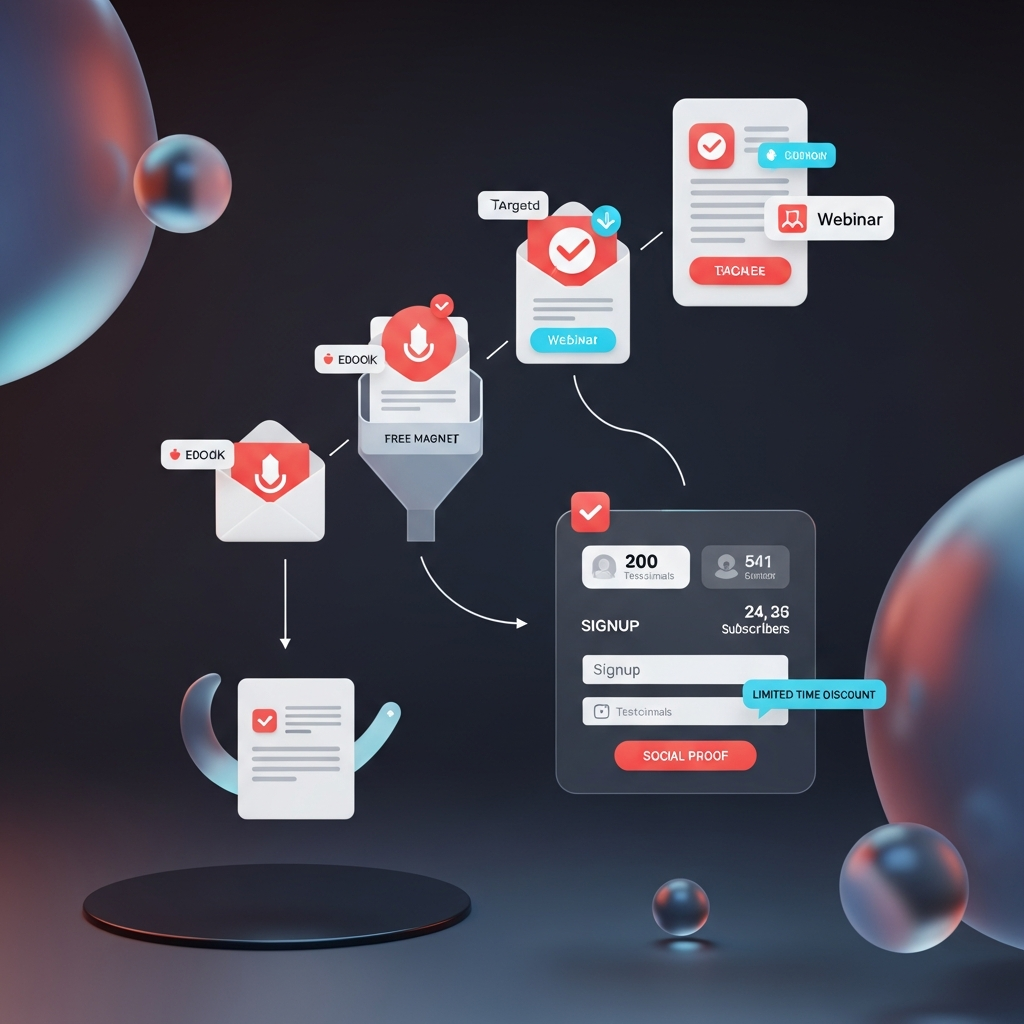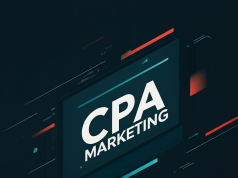Unlocking Profitability: Mastering CPA Email Marketing Strategies

Building a High-Quality CPA-Focused Email List
Before diving into advanced automation workflows and revenue-generating sequences, the cornerstone of any successful Cost-Per-Action (CPA) email marketing strategy is a robust, engaged subscriber list. But not just any list — you need a CPA-focused list composed of qualified, highly motivated leads who are primed to take the desired action, whether that’s signing up for a trial, downloading an app, or making a purchase. Below we break down the essential steps to attract, verify, and nurture subscribers who will drive your CPA conversions skyward.
1. Identifying Your Target Audience
Knowing exactly who you’re targeting is the first step. Begin by creating detailed buyer personas that define demographics, interests, pain points, and online behaviors. Use market research tools, surveys, and website analytics to pinpoint the channels your ideal prospects frequent. If you’re promoting a fitness app, for example, digital forums, health blogs, and social media groups dedicated to wellness are prime acquisition points. Align your messaging and lead magnets to resonate with these personas — the more precisely you speak to their needs, the higher your opt-in rates will be.
2. Crafting Irresistible Lead Magnets
Lead magnets are the linchpin of your subscriber funnel. Offer value-rich assets such as eBooks, checklists, webinars, or free tools that directly address your audience’s pain points. For a CPA diet program, a “7-Day Meal Plan eBook” or a “Macro Calculator” can be powerful incentives. The key is specificity: the more targeted the lead magnet, the more qualified the subscriber. Ensure your landing page copy clearly communicates the benefits and outcomes they’ll receive, driving urgency with limited-time access or exclusive bonuses.
3. Implementing a Double Opt-In Confirmation Flow
Quality over quantity is non-negotiable in CPA marketing. A double opt-in process ensures subscribers are genuinely interested and reduces the risk of fake or inactive addresses. Set up an automated email that thanks subscribers for signing up and prompts them to confirm their subscription. Use engaging copy and clear calls to action (“Click here to unlock your free guide”). This extra step might shave off 10-20% of initial signups, but it dramatically boosts deliverability and engagement metrics — essential factors for high CPA offers.
4. Designing High-Converting Signup Forms
Your signup forms should be frictionless and visually appealing. Position them above the fold on high-traffic pages and use contrasting colors for call-to-action buttons. Limit form fields to essential information (name and email) to maximize conversions. Incorporate directional cues like arrows or images pointing to the form. And don’t forget to A/B test button copy, form placement, and background imagery to continuously improve your opt-in rate.
5. Leveraging Social Proof and Urgency
Humans are wired to follow the herd. Display testimonial snippets, real-time subscriber counts, or logos of reputable clients near your signup forms. If you have 10,000 subscribers raving about your tool, shout it from the rooftops! Pair social proof with urgency by indicating limited spots or time-limited bonuses. Phrases like “Only 100 spots left” or “Offer expires in 24 hours” tap into FOMO, nudging visitors to act now rather than later.

Automation Workflows for CPA Success
Once you’ve built a high-quality list, the next step is to deploy automation workflows that guide subscribers through a conversion-focused journey. From welcome series to behavior-triggered messages, well-crafted sequences can increase click-through rates, minimize churn, and maximize CPA payouts. Below we outline the key workflows every CPA marketer needs.
1. The 3–5-Email Welcome Series
Your welcome series sets the tone for the entire relationship. Start with a warm greeting and a quick link to the promised lead magnet. Email #2 should dive deeper into the benefits of your offer, sharing case studies or success stories. Email #3 can introduce your core CPA offer with a compelling call-to-action and a time-sensitive incentive. If your sequence extends to Emails #4 and #5, use them to share bonus resources, invite feedback, or present a scarcity-driven upsell. Space these emails 2–3 days apart to keep readers engaged without overwhelming them.
2. Behavioral Trigger Emails
Automation truly shines when you respond in real time to subscriber actions. Key triggers to implement include:
- Cart Abandonment: Remind users about items they left behind with persuasive copy and a small discount offer.
- Post-Purchase Upsell: Thank them for buying and suggest complementary products or higher-tier plans.
- Referral Invitation: Offer additional rewards if they refer friends who complete the CPA action.
- Inactivity Re-engagement: Send a special deal or “We miss you” message after 30–45 days of silence.
By tailoring messages to specific behaviors, you increase relevance and conversion rates dramatically.
3. Segmentation-Driven Automations
Not all subscribers are created equal. Segment your list based on demographics, purchase history, engagement level, or lead source. For example, mobile app users might prefer push notification campaigns, while desktop users engage more with in-depth webinars. Create separate workflows for each segment, personalize subject lines, and dynamically insert content that aligns with their unique preferences. This level of granularity can boost open rates by 20–30% and CPA commissions by a similar margin.
4. Timing and Cadence Optimization
Perfecting send times is crucial. Analyze your historical data to identify optimal days and hours when subscribers are most likely to open emails. Implement “send time optimization” features available in most ESPs, which deliver emails at each individual’s personal peak engagement window. Additionally, maintain a balanced cadence — too frequent and you’ll cause fatigue, too sparse and you’ll lose momentum. A general guideline is 1–2 emails per week for warm subscribers, increasing to 3–4 weekly for hot leads actively engaging with your content.
5. Continuous Testing and Performance Tracking
The most successful CPA campaigns are those that evolve. Implement A/B tests on subject lines, email copy, calls to action, and even from-name variations. Monitor key metrics: open rate, click-through rate, conversion rate, and unsubscribe rate. Create a dashboard to track CPA payouts and ROI per workflow. When a sequence underperforms, tweak one element at a time and compare results. This scientific approach ensures you continually unlock new levels of profitability.
Conclusion: Driving Sustainable CPA Growth
Mastering CPA email marketing is a blend of art and science. You start by assembling a high-quality, permission-based list and then guide those subscribers through a series of strategically timed, behavior-driven emails. By leveraging segmentation, social proof, and rigorous testing, you can optimize every touchpoint to maximize conversions and revenue. Whether you’re a seasoned marketer or just getting started, implementing these strategies will unlock significant profitability and position your CPA campaigns for long-term success.









